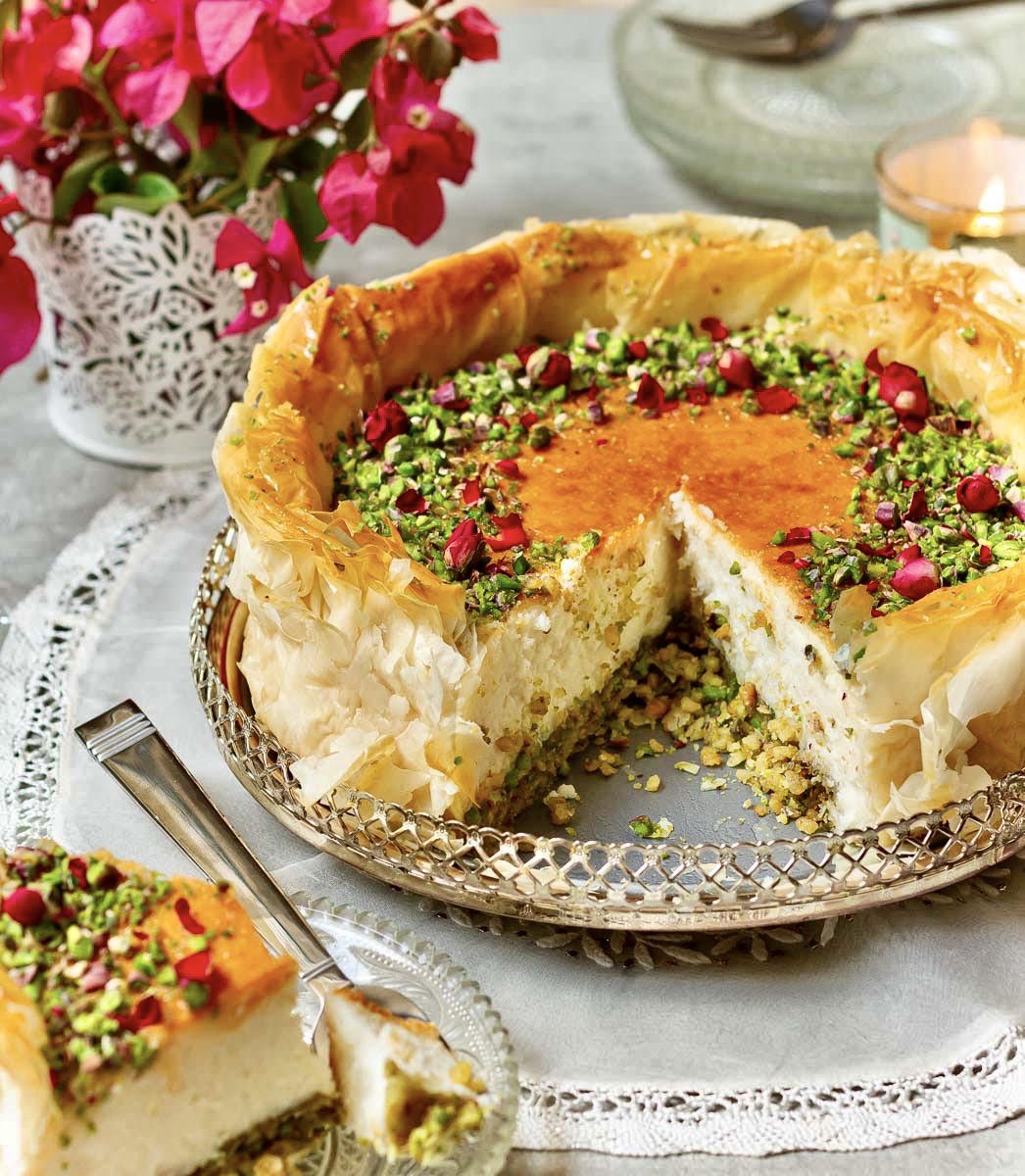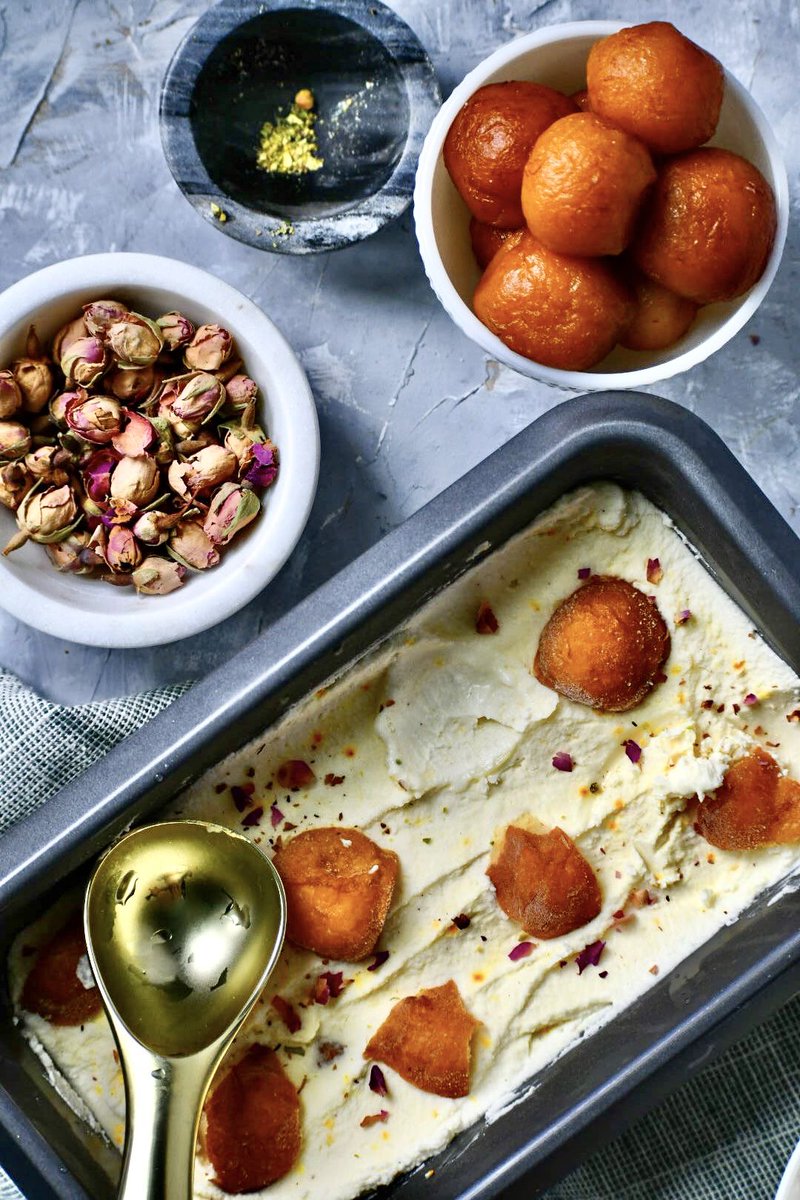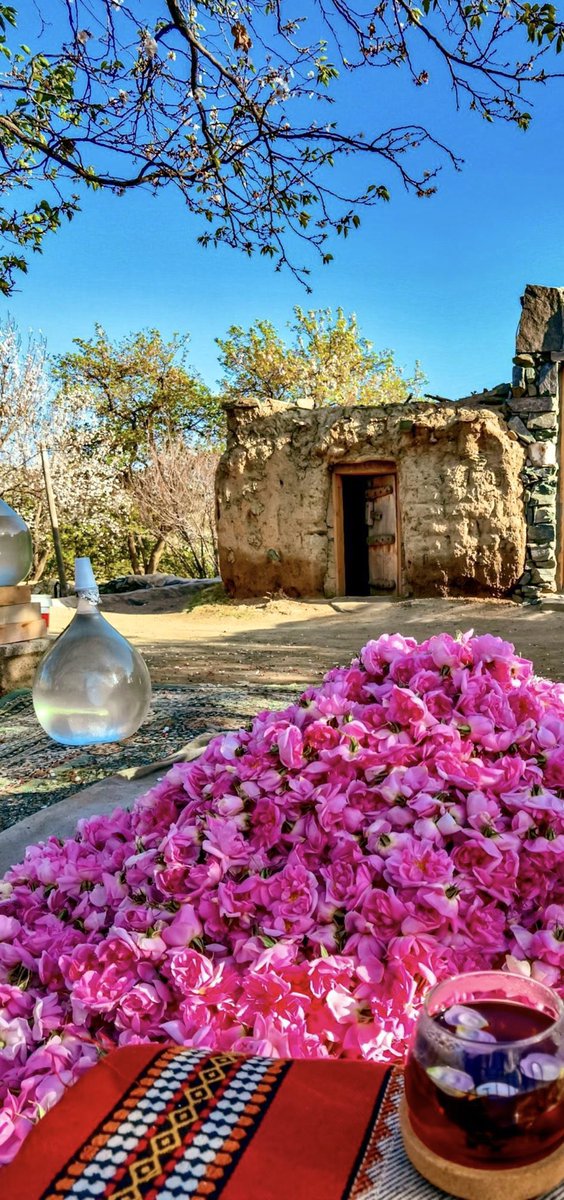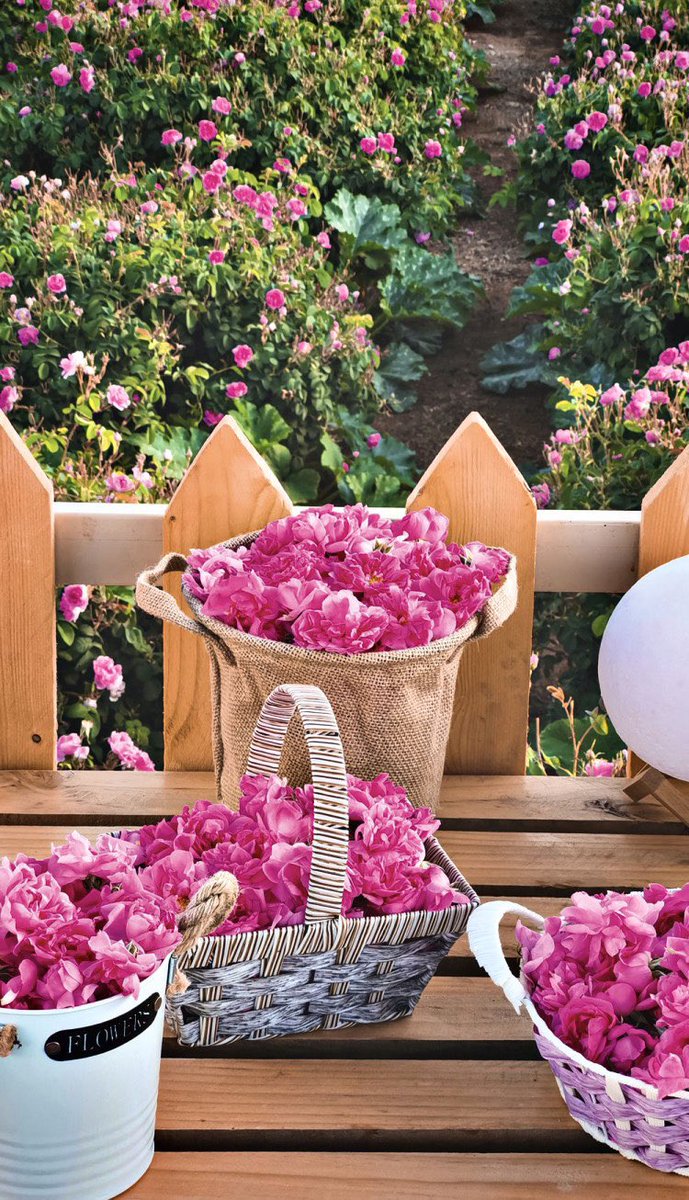Did you know there is a Kaaba in heaven?
Muslims believe Bayt al-Ma’mur is an exact replica of the Holy Kaaba outside the realms of human existence. It is located directly above the Kaaba in the 7th heaven.
Like humans, Angels perform Tawaaf around Bayt al-Ma’mur
A thread…
Muslims believe Bayt al-Ma’mur is an exact replica of the Holy Kaaba outside the realms of human existence. It is located directly above the Kaaba in the 7th heaven.
Like humans, Angels perform Tawaaf around Bayt al-Ma’mur
A thread…

1/ Bayt al-Ma’mur, also called the “Frequent House,” is an exact replica of the Kaaba outside the realms of human existence. It is located directly above the Kaaba in the seventh heaven. Directly above the Bayt al-Ma’mur is the throne of Allah (swt). 

2/ 70,000 Angels visit Bayt al-Ma’mur to worship & pray every single day, who never return. Bayt al-Ma’mur is welcomed by a new legion of 70,000 Angels everyday, which puts into perspective the massive number of the Angelic population that exists compared to humans on earth. 

3/ The Angels come to Bayt al-Ma’mur to offer their salah (prayer) and once they are done, they leave to never return. They are then followed by another group of 70,000 angels who pray and leave; this cycle will continue until the Day or Resurrection. 

4/ It is also believed that every day, the leader of the group of Angels is assigned the duty of taking the other Angels to a designated spot located in the Heaven, where they will stand and engage in dhikr till the end of time and the Day of Judgment. 

5/ Allah (swt) mentions Bayt al-Ma’mur in Surah at-Tur. He (swt) says,
“And by the Bayt al-Ma’mur (the house over the heavens identical to the Kabah at Makkah, continuously visited by the angels)”
Surah at-Tur, Ayah 4
“And by the Bayt al-Ma’mur (the house over the heavens identical to the Kabah at Makkah, continuously visited by the angels)”
Surah at-Tur, Ayah 4

6/ Prophet Muhammad (PBUH) said in the hadith of the Miraj (Night Journey) after he visited the 7th Heaven:
6.1/"I was shown Bayt al-Ma’mur. I asked Angel Jibreel about it & he said, This is Al Bayt al-Ma’mur where 70,000 angels perform prayers daily & when they leave, they never return to it (but always a fresh batch comes into it daily till the day of judgment)"
[Sahih Bukhari]
[Sahih Bukhari]

7/ There are certain points on the Earth where Allah (swt)’s blessings are directed like a conduit, as the Kaaba is directly below Bayt al-Ma’mur (in the 7th Heaven) this is the main one. 

8/ Prophet Muhammad (PBUH) said that a prayer at the Kaaba is rewarded 100,000 times more than elsewhere in the world (except the Prophet’s (PBUH) masjid in Medina)
#JummahMubarak
#JummahMubarak

Discover more about Al Bayt al Mamur - the Ka'bah in heaven:
baytalfann.com/post/bayt-al-m…
baytalfann.com/post/bayt-al-m…
• • •
Missing some Tweet in this thread? You can try to
force a refresh

 Read on Twitter
Read on Twitter





















